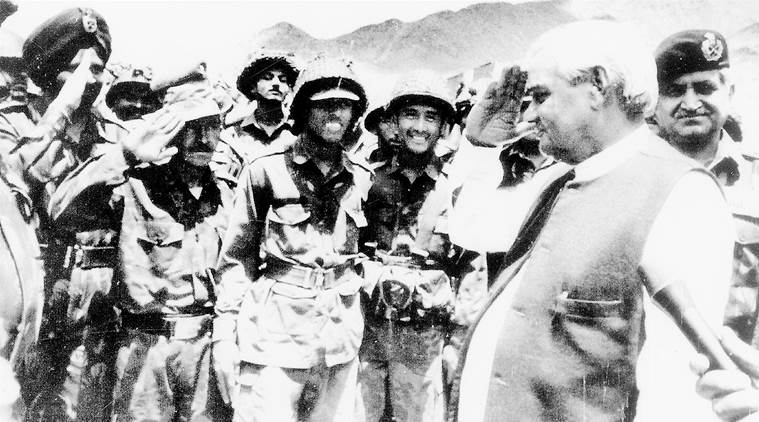
Air Chief Marshal B S Dhanoa, the Chief of Air Staff, was at the helm of IAF earlier this year when India decided to launch air strikes at Balakot in Pakistan. He speaks to Sushant Singh about the Kargil War, when he was the Commanding Officer of a fighter squadron, and how the IAF has changed since then.
20 years after Kargil War, how do you assess the role and performance of the IAF?
The IAF played a decisive role in the Kargil War. The war would have been prolonged with greater losses on the Indian side had it not been for the swift action of day and night bombing by the IAF aircraft. The main effect was that we broke the enemy’s will to fight. As we bombed them day and night their morale took a hit. Even the adversary has acknowledged “clearly, army-air joint operations had a synergistic effect in evicting the intruder”. The attack on Tiger Hill and the Muntho Dhalo logistics base was one of the turning points of the war.
Read | Air Marshal R Nambiar: ‘We were very innovative in Kargil War, we fought with what we had’
What was your personal involvement? What is your one abiding memory?
My role in the Kargil War was at a tactical level. I was the Commanding Officer of 17 Squadron that was initially tasked with carrying out photo reconnaissance missions and subsequently strike missions. My one abiding memory of those days is when I was carrying out a night strike in the mountains and down below we could see the exchange of enemy fire… despite the tense situation the cockpit felt quiet and serene.
Read | 20 years after Kargil: Newsroom to Govt, reporter to father, how Kargil tipoff travelled
What were the major lessons learnt by the IAF and how did they shape the IAF’s technological requirements?
The limitations faced by us during the initial days of Kargil War were our reconnaissance and surveillance capabilities and ability to carry out precision strikes from high altitudes. We were initially taken by surprise because we had no idea what the targets were, what they looked like and their exact location. We went through fits and starts. We were restricted to Medium Altitude attacks due to the Man Portable Air Defence System (MANPAD) threat, which was done through GPS-aided delivery which required accurate target coordinates. This got sorted out only after we worked out the recce plan, which was done by flying the MiG-25 at lower altitudes to get a better resolution and getting more accurate coordinates through Photo Map Comparison.

We had limited capability for precision strikes. Precision bombing capability was then available only on the Mirage 2000. Today there has been a major change in our ability to strike through Precision Guided Munition. All our fleets have precision strike capabilities. We have precision strike capability during day and night, even when target is obscured by clouding.
READ | ‘Even today when soldiers die in Kashmir, I feel same anger and pain when I lost Vikram’
Those days we mainly had low-level tactical photography capability. No satellite of the required resolution to pick up tactical targets was available; we also did not have digital imagery. Today satellite resolution has improved as has geo location through satellites. We have strategic airborne systems with electro-optical, infrared and Synthetic Aperture Radar. We also have tactical recce systems like Reccelite. We have UAVs that are best in a benign airspace and can geo locate the smallest of targets and laser designate the targets for LGBs to strike.
READ | Holding on to memories, a martyr’s family on a long journey to rebuild their lives
During the Kargil War we had mostly legacy platforms. MiG-21 Bis, MiG-21 M/MF, MiG23-BN, MiG 27 and non upgraded Jaguars. Today the MiG 21 Bison, Jaguars, MiG 29, Mirage 2000 have been upgraded. We have inducted the Su-30s in large numbers. Rafale aircraft will also be delivered soon.
How is the IAF of today different from that during Kargil War?
Today the IAF is much better equipped and technologically far more advanced. Nearly all our aircraft are capable of precision bombing. In the field of recce and surveillance also, the IAF has made great progress. All deficiencies of Kargil have been made up. With the AWACS we have the ability to look across the border and an improved airborne surveillance. The IAF has since seen a communication revolution with the AFNET and IACCS. It is a network-centric force. In the past 20 years there has been a significant technological jump in the IAF.